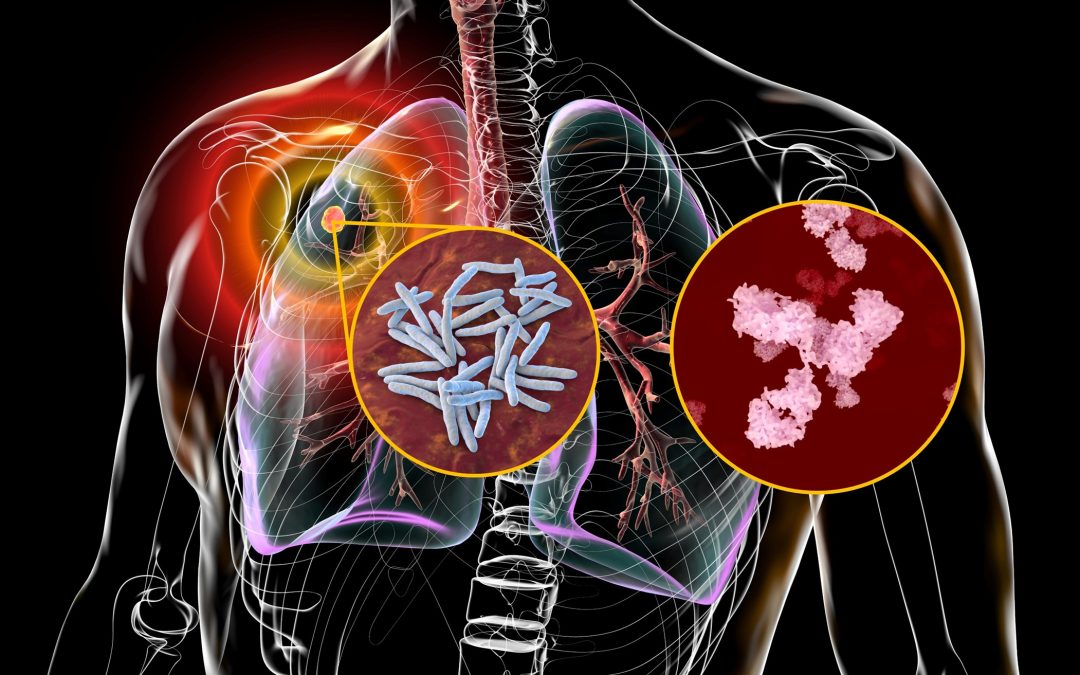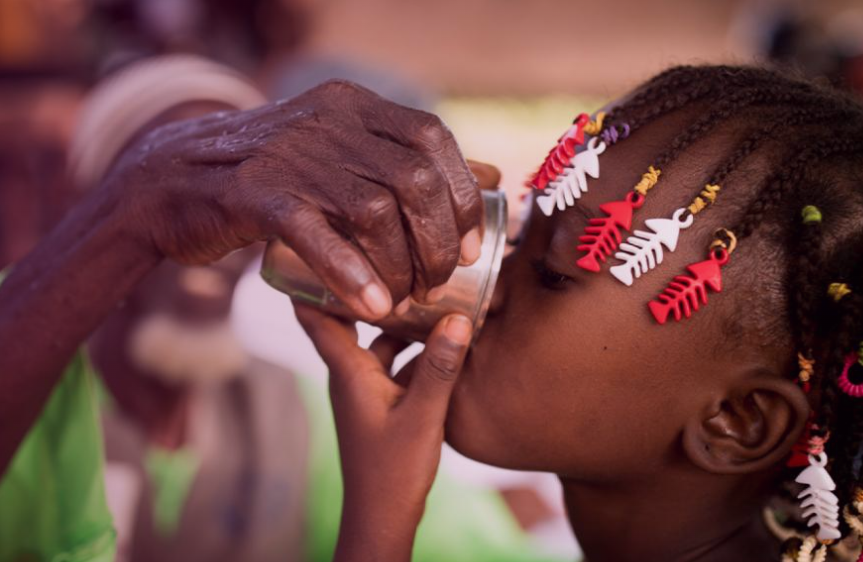
by admin | Apr 10, 2024 | health and medicine
Tuberculosis – or TB – is a global health threat, with 10 million new cases annually. Diagnosing TB can be a challenge, as there is a lack of rapid, point-of-care diagnostic tests. It can also be difficult to distinguish between TB and other inflammatory diseases, such as Sarcoidosis. One option may be to identify antibodies in patient samples that can reveal the presence of TB. However, current antibody tests for TB lack accuracy. Professor Lobelia Samavati and colleagues at the Wanye State University School of Medicine in Michigan are tackling this challenge to cast light on the immune signature of these diseases. Their aim is to develop new diagnostic techniques for TB and Sarcoidosis.

by admin | Feb 7, 2024 | health and medicine, social and behavioural sciences
High blood pressure, also known as hypertension, is a common and potentially dangerous condition that increases the risk of many severe medical issues, including heart disease, heart attack, stroke, heart failure, and kidney disease. Dr Abayomi Sanusi, a researcher at the University of York, recently carried out a study exploring how faith-based institutions could encourage their community members to adopt healthy behaviours that can reduce hypertension.

by admin | Dec 7, 2023 | health and medicine, social and behavioural sciences
Fibromyalgia is a relatively common and yet poorly understood condition characterised by chronic diffuse pain and stiffness, chronic fatigue, poor sleep and cognitive difficulties. Ria Nishikawara at the University of British Columbia and her collaborators Dr Izabela Schultz, Dr Lee Butterfield, and John Murray, carried out a study exploring the unique healthcare experiences of patients diagnosed with fibromyalgia. Their aim was to determine what patients found most helpful and how the available services could be improved.

by admin | Nov 22, 2023 | health and medicine
We are pleased to be joined by Dorothy Achu, Regional Malaria Adviser, WHO African Region; Aimable Mbituyumuremyi, Director, National Malaria Control Program, Ministry of Health, Rwanda; Adam Aspinall, Senior Director, Access and Product Management, and George Jagoe, Executive Vice-President Medicines for Malaria Venture. To learn about antimalarial drug resistance in Africa to ensure patients can continue to be saved.

by admin | Nov 15, 2023 | health and medicine
Osteoarthritis is a painful and progressive joint disorder that affects hundreds of millions of people worldwide. Typically, the options for treating the condition involve exercise or medication to reduce pain. However, these methods do not target the underlying structural problems in the joints of patients. Recently, researchers have uncovered a genetic susceptibility to osteoarthritis associated with a protein called GDF5, which is involved in skeletal growth and development. Alongside a team of scientists across Europe, Dr Kerstin Kleinschmidt-Doerr at Merck has explored a modified form of the GDF5 protein, named R399E, which showed effects in animal models and in-vitro experiments for treating pain and the underlying structural problems in osteoarthritis.

by admin | Nov 2, 2023 | health and medicine
Cases of type 2 diabetes are on the rise around the world, so gaining a deeper understanding of this chronic condition is vital to ensure early diagnosis and good outcomes for patients. Dr Xiaomu Li and her colleagues at Zhongshan Hospital, Fudan University are conducting important research to understand the risk factors associated with developing type 2 diabetes. Their findings will help healthcare providers to identify patients at high risk of diabetes, enabling early diagnosis and targeted interventions to prevent the development of the condition.
Page 1 of 4112345...102030...»Last »






